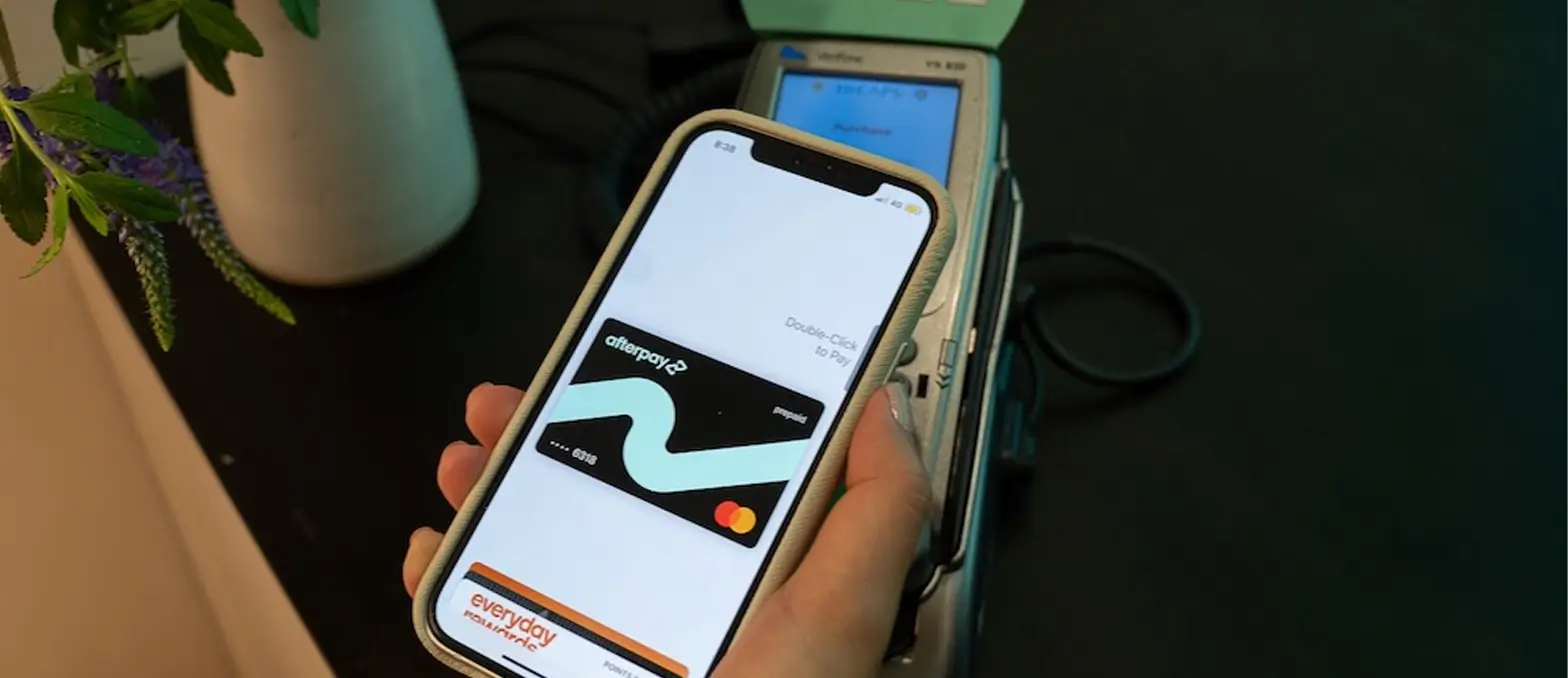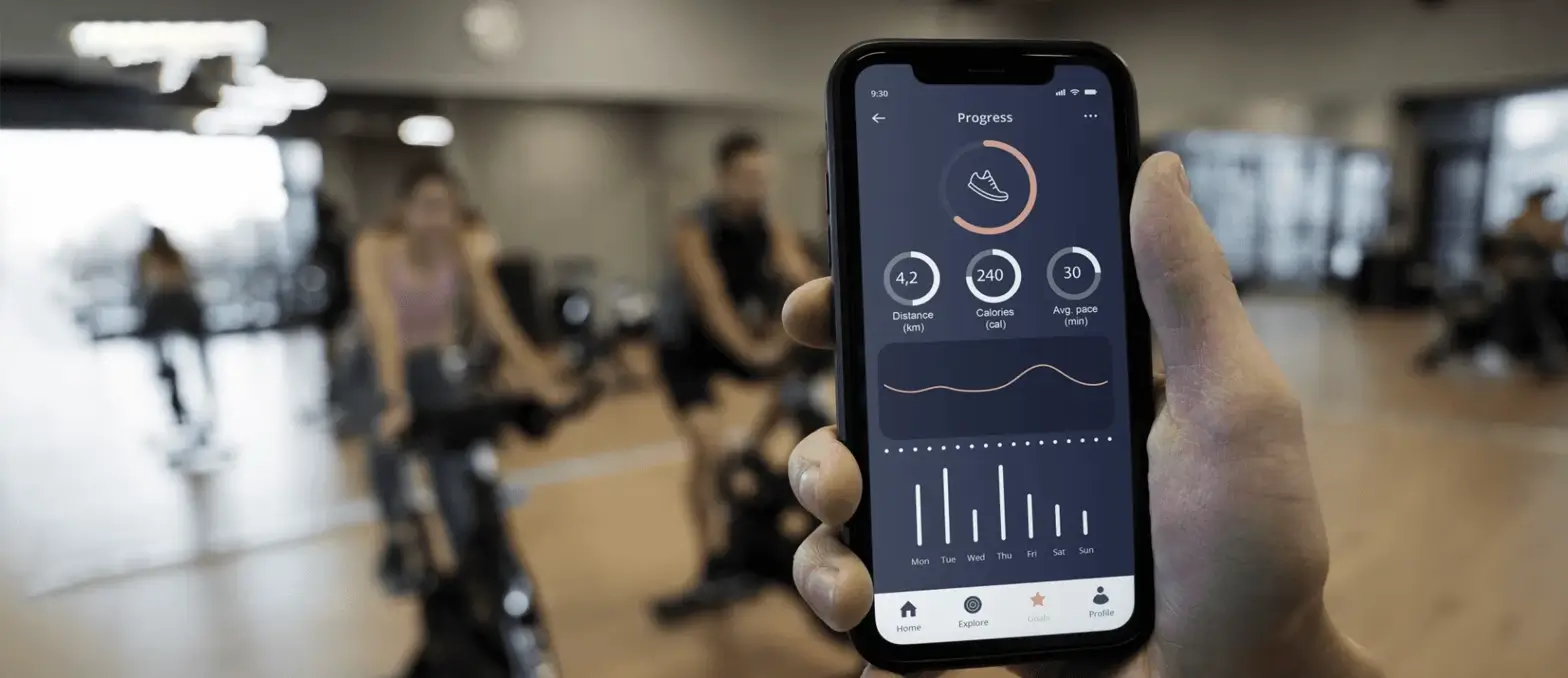In the past few years, technologies have pervaded every industry. Augmented Reality and Virtual Reality are two of the most renowned names among these technologies which have significantly influenced various industries including healthcare.
With a continuous increase in population, the healthcare industry is facing challenges in almost every country. Some of the problems are logistical like lack of doctors and medical equipment especially in places like mountains. There is a list of problems that this health care society is facing for a long time. Although there are a lot of advancements in the healthcare sectors, technologies like Augmented Reality and Virtual Reality are proving to be the game-changers. From training medical practitioners to virtual surgeries, remotely consulting patients to advance diagnostics, both AR and VR will play a significant role in making all this possible.
Various healthcare apps have been developed today that offer much better and faster services, and that is happening due to technological advancements. We can get any information anywhere with just one click on our smartphones.
VR is when the user is immersed in a virtual environment, while AR is when a virtual environment or objects are overlaid on a real environment to enhance contextual meaning. According to a report from Reportbuyer, Augmented Reality (AR) and Virtual Reality (VR) in the healthcare industry will touch US$5 billion growing at a pace of 36.6 percent compound annual average.
Let’s take a look at how AR and VR solutions are revolutionizing the healthcare industry.
Uses of Virtual Reality in Healthcare
Virtual Reality promotes higher quality and efficiency of services, from medical examination to therapy, from surgery to patient care. Virtual Reality solutions add color to the medical industry and it improves the general quality of medicine.
1) In Medical Training
There are a number of companies that offer Virtual Reality solutions to train surgeons in operations guided by a professional surgeon. It helps boost confidence to the aspiring surgeons and allows realistic simulation systems and safe environments where medical students can get more experience without putting patients at risk. Medical students can closely watch interactive videos of how surgeries are performed, with no need to jump over the senior surgeon’s shoulders.
They can also rehearse complex surgeries beforehand and as many times as they want. As it is always said people memorize visual information better, Virtual Reality turned out a great initiative in medical training.
2) Pain Management and Physical Therapy
More than physically, the pain exists in mind. The fear of getting operated is just a brain reaction to negative conditions. Virtual reality helps patients to drag their attention somewhere else instead of their pain. Not just kids, there are adults also who have a phobia of needles, VR solutions come really handy in such situations. They are successfully being used to eliminate the fear by transporting their minds in other activities and games.
Also, VR solutions are of great help for physical therapies. These solutions are proving to be highly effective in speeding up recovery time by allowing the patients to keep their spirits up and providing a virtual environment with more fun. VR technology can be used to provide comfort and reassurance to burn victims and women in labor, by distracting them from the pain, and providing assistance to them during a painful recovery.
3) Early Identification and Treatment of Disease
VR-based tests and games allow diagnosing the early stages of Alzheimer’s and schizophrenia. With a virtual 3D model of a tumor (or any other troublesome cells, virus, or bacteria), it becomes possible for doctors to see the minute details of the tissues and tumor cells from different angles.
VR is also used for the treatment of phantom limb pain where doctors help the patients in relieving the sensation of pain by creating new nerve sensations for their amputated limbs. VR solutions can also be used for early detection and prevention of mental health conditions such as psychosis. Most companies working in the healthcare industry hire professional IT services to help them create such unique and innovative solutions for them.
4) Help People with Low Vision
About 135 million people globally suffer from low vision. Also, the fact is it cannot be corrected by surgery, medicine, or glasses. 45% of the time, it is because of age-related factors and 55%+ of the time it is due to any disorder or infection.
The VR medium helps patients by magnifying the desired objects in the visual scene meanwhile, not losing awareness of the overall environment around them. It operates in such a way that users have autonomy over their sight. IrisVison, a low vision enhancement system developed in cooperation with Johns Hopkins School of Medicine, Stanford University has developed VR eyeglasses to overcome low-vision issues.
Uses of Augmented Reality in Healthcare
Every industry wants to integrate the latest technologies and trends to make the functioning smoother. Augmented Reality is one of the hottest technologies which all industries, who are looking for digital transformation, are trying to explore and use it for their benefits. Augmented Reality is used now in healthcare worldwide.
Here are some of the ways by which this technology can be used in the healthcare industry and transform the way it works.
1) Augmented Surgery
A real-time help or information to the surgeon during any complex procedure can bring light in the dark. Augmented Reality solutions will allow surgeons to precisely study their patients’ anatomy by entering their MRI data and CT scans into an AR headset and overlay specific patient anatomy on top of their body before actually going into surgery. It will help perform accurate and low-risk surgeries.
2) Describing Symptoms
There are times when we visit the doctor with the problem but are not sure about the issue to be called or we are not able to describe what is bothering us. This is major because of a lack of education. EyeDecide is one of the medical apps using Augmented Reality to show the simulation of the vision, harmed by the different disease. It helps patients to understand their conditions and describe correctly their symptoms.
3) Nursing Care
As per the research, about 40% of the first intravenous injections fail, and this ratio is even higher in the case of children and the elderly. Some companies use Augmented Reality by using a handheld scanner that projects over the skin and shows the veins clearly in the patients’ bodies. Hence it is very useful for the patients who are uncomfortable with being injected or having blood taken.
4) Pharmacy
With the help of AR, patients can see how the drug works in 3D in front of their eyes instead of just reading long descriptions on the bottle. This is another way to educate the patients with the help of Augmented Reality solutions, where patients can understand the drug information and memorize them.
Ending Note
In the coming months and years, you can expect to see AR and VR take an even larger role in the health and well-being of patients worldwide. More medical specialists are eager to check the benefits these technologies will offer. It has widely received positive responses from doctors as well as patients.
As healthcare costs continue to grow, these technologies will play a vital role to help prevent, control, and cure millions of people. Hence, there is an enormous opportunity and demand for healthcare software development, as more and more businesses now understand the need for these technologies and have the vision to create innovative applications.

An IT company delivering the best in a constantly changing world. Our passion is to create feature-rich, engaging projects designed to your specifications in collaboration with our team of expert professionals who make the journey of developing your projects exciting and fulfilling. Get a 30 Min free consultation to convert your dream project into reality.










![10 Top IoT Security Solution Providers in USA [2024]](https://www.a3logics.com/blog/wp-content/uploads/2024/04/New-Project-4.webp)

